Pushpamala N plays with stock characters at the Vancouver Art Gallery's Moving Still: Performative Photography in India
Viewers can’t help but build their own elaborate story lines around South Asian artist Pushpamala N’s photographs.
At Moving Still, the Vancouver Art Gallery’s major group exhibition on India’s photo scene, one pastel-tinted shot shows the artist climbing stealthily out of the trunk of a classic Hindustan Ambassador car. She’s wearing a luxe gold dress and a bouffant hairdo in the image from the “Sunhere Sapne (Golden Dreams)” series. So how on earth did she get here? And where is she sneaking off to?
In a photo from “Return of Phantom Lady (Sinful City)”, she’s masked and caped, Zorro-like, holding a revolver in one hand and leading a girl in a school uniform to safety with the other. She’s surrounded by gun-toting gangsters in what looks like a vintage theatre, engaged in some epic standoff.
Hung with other images of the same characters in different scenarios, the photos invite the viewer to go further still, and edit even more complex plots together. “Sunhere Sapne”, for instance, juxtaposes shots of Pushpamala N as a glam socialite with images of her middle-class housewife alter ego. Is the lady in the golden dress the fantasy of a woman confined to domestic duties?
Pushpamala N is clearly taken by the language of Indian cinema through history. So why, then, has the Bangalore-based multimedia artist swayed more to still images than narrative film?
The reasons are multifold. “There is something very different about looking at a still photograph; the eye takes in the whole image in a different way,” she begins, speaking to the Straight during a visit to a friend in Cleveland before heading here for the VAG opening. She’s enjoying a brief break after recently finishing her widely covered stint as director and curator of this year’s Chennai Photo Biennale. “With my ‘photo romances’, they become almost like montages, because they’re not logical,” she adds. “Something is happening and the audience becomes part of that, because they can make up their own story.”
Whatever the strategies behind them, Pushpamala N’s images epitomize the theme of the VAG survey, subtitled Performative Photography in India. She is part of a larger movement in that country that finds its subjects playing roles, challenging gender and cultural norms. Featuring the work of 13 artists, the exhibit traces the approach all the way back to the mid-19th century, when cameras began to appear in the country’s wealthier sectors, and people like the Maharaja Sawai Ram Singh II (the “photographer prince”) began playing with the idea of self-portraits. Amid the contemporary wave of work in the show, Gauri Gill depicts villagers posed in papier-mâché tribal masks, and Sunil Gupta explores the idea of gay men inhabiting public spaces.
For her part, Pushpamala N started out as a sculptor, but then shifted into photography in the 1990s. The pioneering artist continues to draw not just from film influences, but a wide array of historical and cultural inspirations, usually with feminist underpinnings—and usually casting herself.
“I use all these kinds of references in my work. For example, one thing I’m interested in is the whole history of tableaux vivants,” she begins, referring to the historic arrangement of an elaborate static scene with costumed actors and sets. “In India they always put up a tableau at festivals and so on, and this whole idea of the masquerade and performance is also very much a part of many of these kinds of functions. “I’m very interested in these kind of low forms of photography, like studio photos, and the use of backdrops and all that,” she adds. “And then in theatre in India, in the 19th century they used all these painted backdrops also.”
Sometimes, Pushpamala N draws directly from cinema: “Phantom Lady” is based on Fearless Nadia, a masked, caped stuntwoman and film star from the 1930s. Sometimes, she gleans ideas from what is around her on her location shoots. For the “Sunhere Sapne” series, she commissioned artists from a village’s hand-painted-photo studio. Hiring them to tint her own shots gave them their vintage-kitsch pastel-fantasy feel.
And in “Ethnographic Series/Native Women of India: Manners and Customs”, also on view at the VAG, she upends the 19th and early 20th century’s anthropological photography. In the black-and-white images, she poses as tribal women and circus performers having their proportions measured and documented.
Her influences span decades, but Pushpamala N stresses that her work is “about the present”.
That may be part of the reason why her photo series travel so easily across continents. “What I use in the narrative is stock images and stock stories,” she explains, “so even if they don’t know the story, they know that kind of characters. I give them clues—for example, somebody being chased. Anybody can understand that. So each scene is very readable.”
Still, it may ultimately be Pushpamala N’s sense of humour that makes her vivid tableaux so translatable. “My sculpture used that a lot too—comedy, wit, irony,” she says. “I’m really interested in work that is entertaining. And the one thing is, people laugh like hell because I am playing the characters.”
Moving Still: Performative Photography in India is at the Vancouver Art Gallery from Friday (April 19) to September 2.

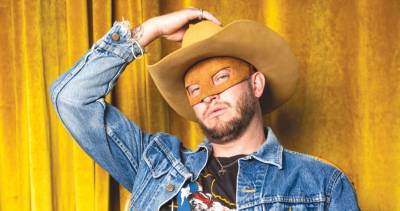

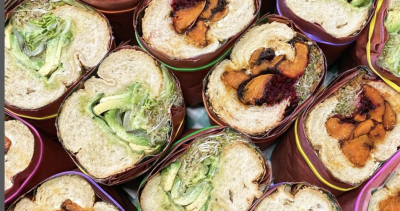

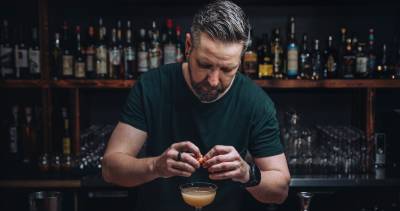
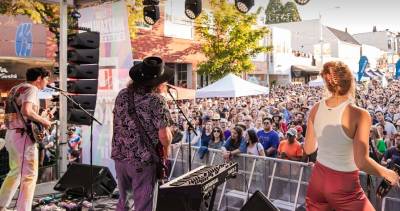



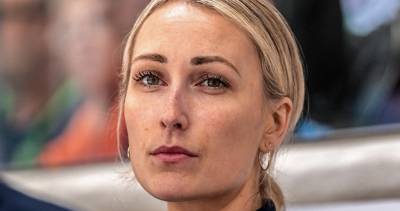




Comments